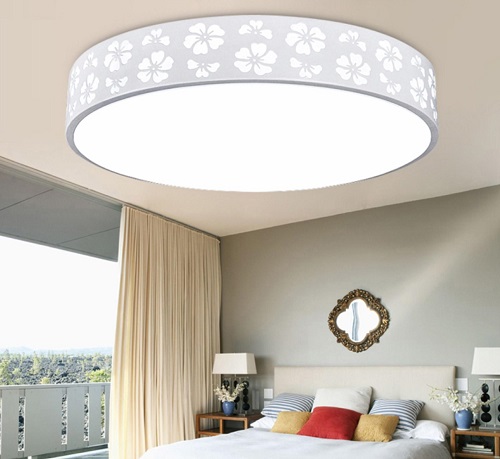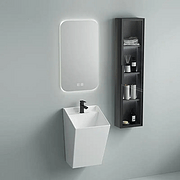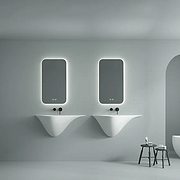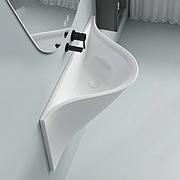
The European Union (EU) Scientific Committee on Health, Environment and Emerging Risks (SCHEER) has published a lengthy draft report entitled “Potential risks to human health of LEDs.” The overall conclusion in the report states. “The Committee concludes that there is no evidence of direct adverse health effects from LEDs in normal use (lighting and displays) by the general healthy population.”
Interested in articles & announcements on research, regulations & lighting standards?
Of course, there has been a long debate in the lighting sector as to whether the short-wavelength blue energy peak associated with most phosphor-converted white LEDs can pose a risk to the human eye as solid-state lighting (SSL) usurps the lighting market. The US Department of Energy (DOE) has addressed the issue several times. And we published several feature articles on the topic including an article about IEC activity in the space. We also published a Q&A session on the topic following a webcast we held a few years back.
The EU had tasked SCHEER with studying the issue exhaustively with the specific direction to evaluate the impact of blue energy on human eyes and skin. The committee determined that typical human exposure to such blue energy from lighting and displays is far lower than exposure safety limits that have been previously established. And the report said the lack of ultraviolet (UV) light in LED sources may reduce the risk humans face from UV in other light sources including the Sun.
The LightingEurope organization has immediately championed the report. “LightingEurope welcomes the conclusion by the Committee that there is no evidence of direct adverse health effects from LEDs in normal use by the general population,” said Ourania Georgoutsakou, secretary general of LightingEurope. “One of the key objectives of LightingEurope is to inform the market on good quality lighting and to support consumers in making informed choices.
Of course, the report is in draft stage, and Georgoutsakou added, “We welcome the initiative of SCHEER to launch a public consultation period, which gives the opportunity for interested stakeholders to provide their feedback.”
The report does warn of potential issues with LEDs including discomfort and disability glare associated with SSL implementations in auto headlamps and other applications. Those issues are solely present in LEDs. The report also mentions glare related to street lighting but points out that glare has been a problem primarily where lighting design and luminaire selection has favored energy efficiency over quality. In any case, the glare issue is said to have a temporary and not permanent impact on healthy humans.
The report further concludes that some LED products can have a greater impact on circadian rhythm relative to legacy sources, yet it goes on to say that there is no current evidence that circadian disturbance leads to adverse health effects. That sure runs contrary to what we hear from many scientists and will be a primary topic at our Lighting for Health and Wellbeing Conference on July 27.










Service Hotline
Work Time:Mon-Fri 9:00-18:00
UTC+8

Sinoexpo Digital Platform
Copyright 2006-2024 Shanghai Sinoexpo Informa Markets International Exhibition Co., Ltd. All rights reserved
沪ICP备05034851号-77
 沪公网安备 31010402000543号
沪公网安备 31010402000543号